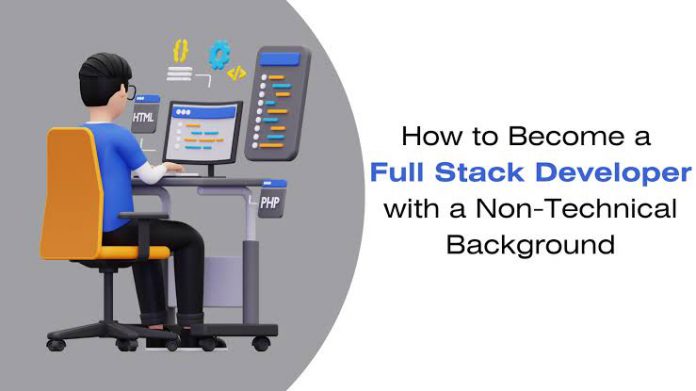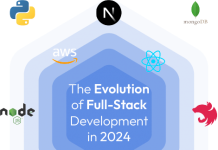In the ever-evolving landscape of technology, the demand for skilled professionals in full stack development continues to soar. Yet, many individuals with non-technical backgrounds hesitate to embark on this journey, daunted by the perceived barriers of entry. However, with determination, dedication, and the right resources, transitioning from a non-technical background to a full stack developer is not only achievable but also immensely rewarding.
Embracing the Challenge
For those coming from non-technical backgrounds, the prospect of diving into the world of programming can seem intimidating. However, the key lies in embracing the challenge and recognizing that every expert was once a beginner. A fundamental mindset shift is crucial – viewing programming languages not as foreign codes, but rather as languages to be learned, just like any spoken language.
Building a Foundation
The first step on this journey is to build a solid foundation in programming fundamentals. Online platforms such as Edureify offer comprehensive courses in languages like HTML, CSS, JavaScript, and Python, catering to beginners with no prior experience. These courses provide interactive lessons, hands-on projects, and a supportive community, making the learning process engaging and accessible.
Mastering Frontend Development
With a grasp of the basics, aspiring full stack developers can focus on mastering frontend development. This involves creating visually appealing and user-friendly interfaces using technologies like HTML, CSS, and JavaScript frameworks such as React, Angular, or Vue.js.
Through tutorials, documentation, and practice projects, individuals can hone their skills in building responsive web applications that meet modern design standards.
Delving into Backend Development
Once comfortable with frontend technologies, attention can be turned to backend development. This aspect of full stack development involves working with servers, databases, and server-side languages like Node.js, Python (with frameworks like Django or Flask), or Ruby on Rails. Understanding concepts such as RESTful APIs, authentication, and database management is essential for building robust and scalable web applications.
Bridging the Gap
As proficiency grows in both frontend and backend development, the final stage of the journey involves bridging the gap between the two – mastering full stack development. This entails integrating frontend and backend components to create dynamic, feature-rich web applications.
Leveraging frameworks like Express.js (for Node.js) or Django REST Framework (for Python) facilitates the seamless communication between frontend and backend systems, enabling developers to bring their ideas to life.
Continuous Learning and Growth
The path to becoming a proficient full stack developer is not a destination but rather a continuous journey of learning and growth.
Staying updated with the latest industry trends, exploring new technologies, and engaging with the developer community through forums, meetups, and conferences are vital for staying relevant in this dynamic field.
Moreover, working on real-world projects, either independently or through internships and freelancing opportunities, provides invaluable hands-on experience and hones problem-solving skills.
Conclusion
Transitioning from a non-technical background to full stack development is undoubtedly a challenging endeavor, but it is one that holds immense potential for personal and professional growth.
By embracing the challenge, building a strong foundation, mastering frontend and backend development, and continuously learning and growing, individuals can successfully navigate this transformational journey and carve out a fulfilling career in the ever-expanding world of technology. So, if you’re contemplating a leap into the realm of full stack development, remember – with dedication and perseverance, the possibilities are limitless.
Master Your Coding Skills with BootSelf AI
If you're looking to enhance your coding abilities and upskill in artificial intelligence, look no further than the BootSelf AI app. This innovative platform provides AI-based coding lessons that are tailored to your individual learning pace.
Available on both iOS and Android, you can download the BootSelf AI app and start mastering coding skills today:













